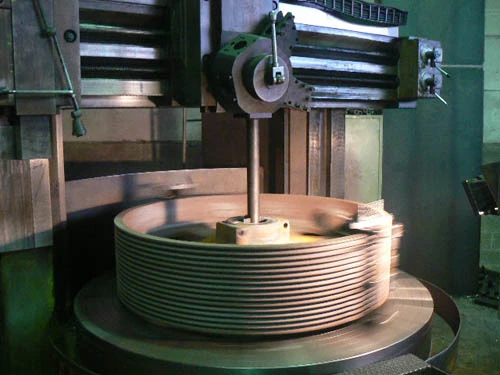Machining is a field that is constantly evolving, with new technologies and methods regularly emerging to meet the changing needs of the industry. In this article, we will explore the current trends in machining and how they influence the industrial landscape.
1. Computer-Aided Machining (CAM/CAD)
One of the most notable trends is the increasing adoption of computer-aided machining. Thanks to sophisticated CAD (Computer-Aided Design) and CAM (Computer-Aided Manufacturing) software, machining companies can now design, test, and produce parts with unparalleled precision. This not only reduces errors but also production costs.
2. High-Speed Machining
High-speed machining has become a standard in many machining companies. This method allows for increased productivity by reducing the time needed to machine a part. It is especially useful for batch productions and ensures a high-quality surface finish.
3. Eco-friendly Machining Techniques
With a growing awareness of environmental issues, many machining companies are looking for more eco-friendly methods. This includes the use of biodegradable lubricants, waste reduction, and optimizing energy consumption.
4. Automation and Robotics
Automation has become essential to remain competitive in the machining sector. Many companies are integrating robots to perform repetitive tasks, ensuring faster production and consistent quality.
The Future of Machining
The current trends in machining clearly show that the sector is undergoing significant changes. With the increasing adoption of new technologies and methods, machining companies are better equipped to meet the challenges of tomorrow. By staying at the forefront of these trends, companies can ensure their long-term success in an ever-evolving industrial environment.

